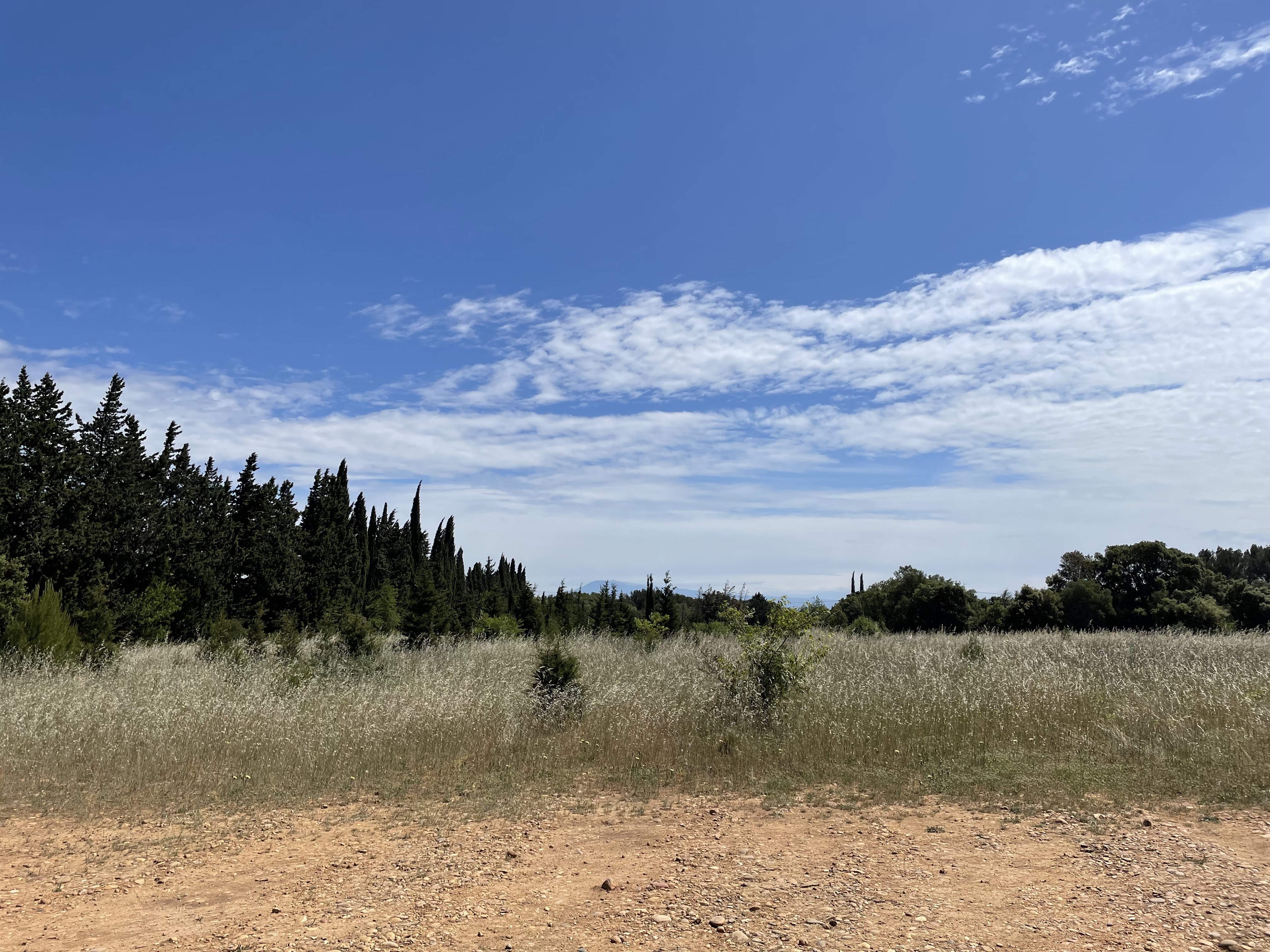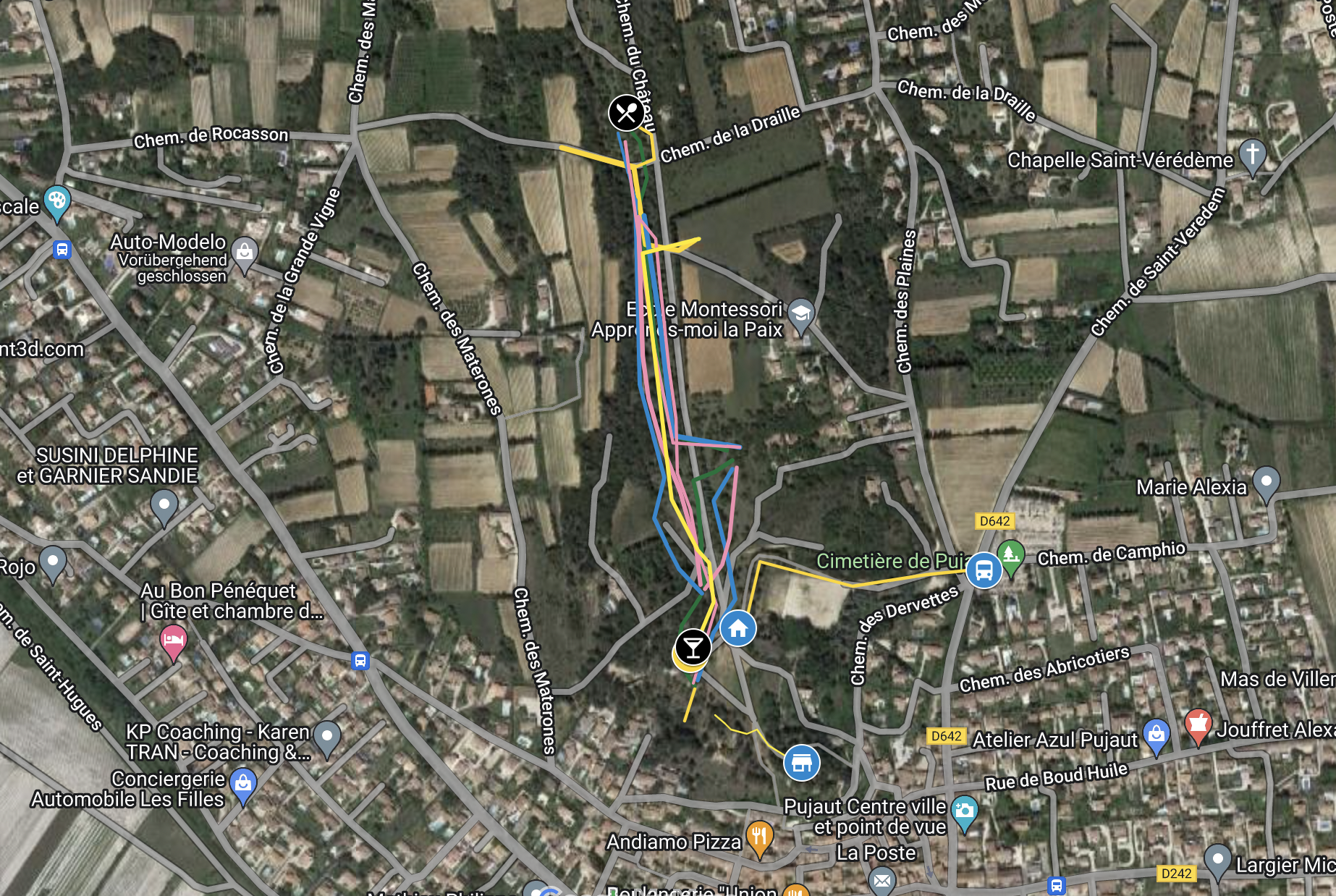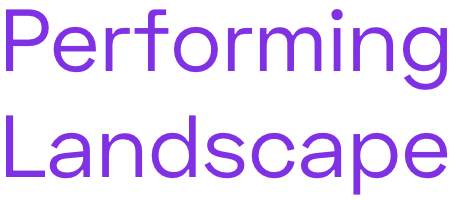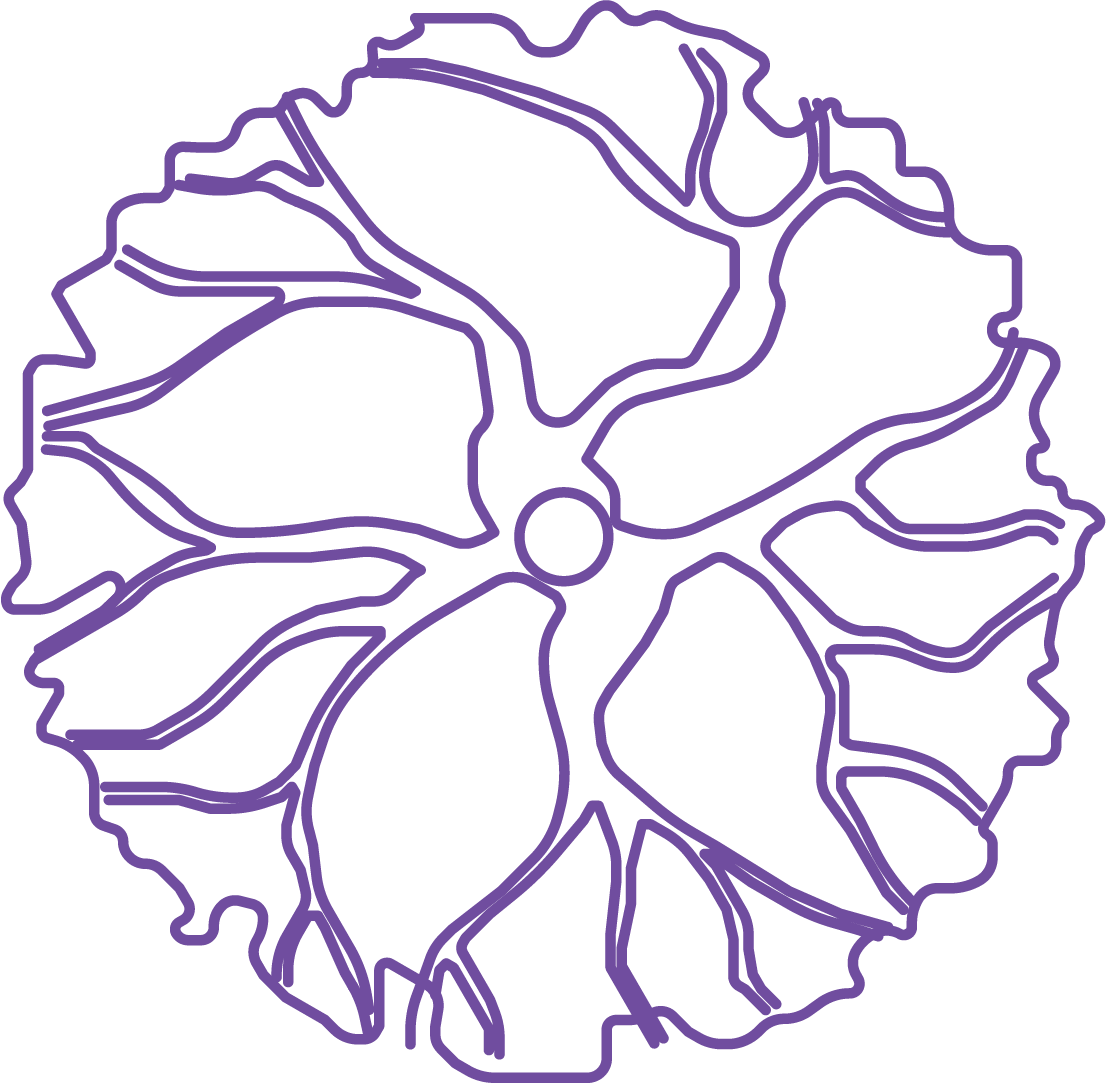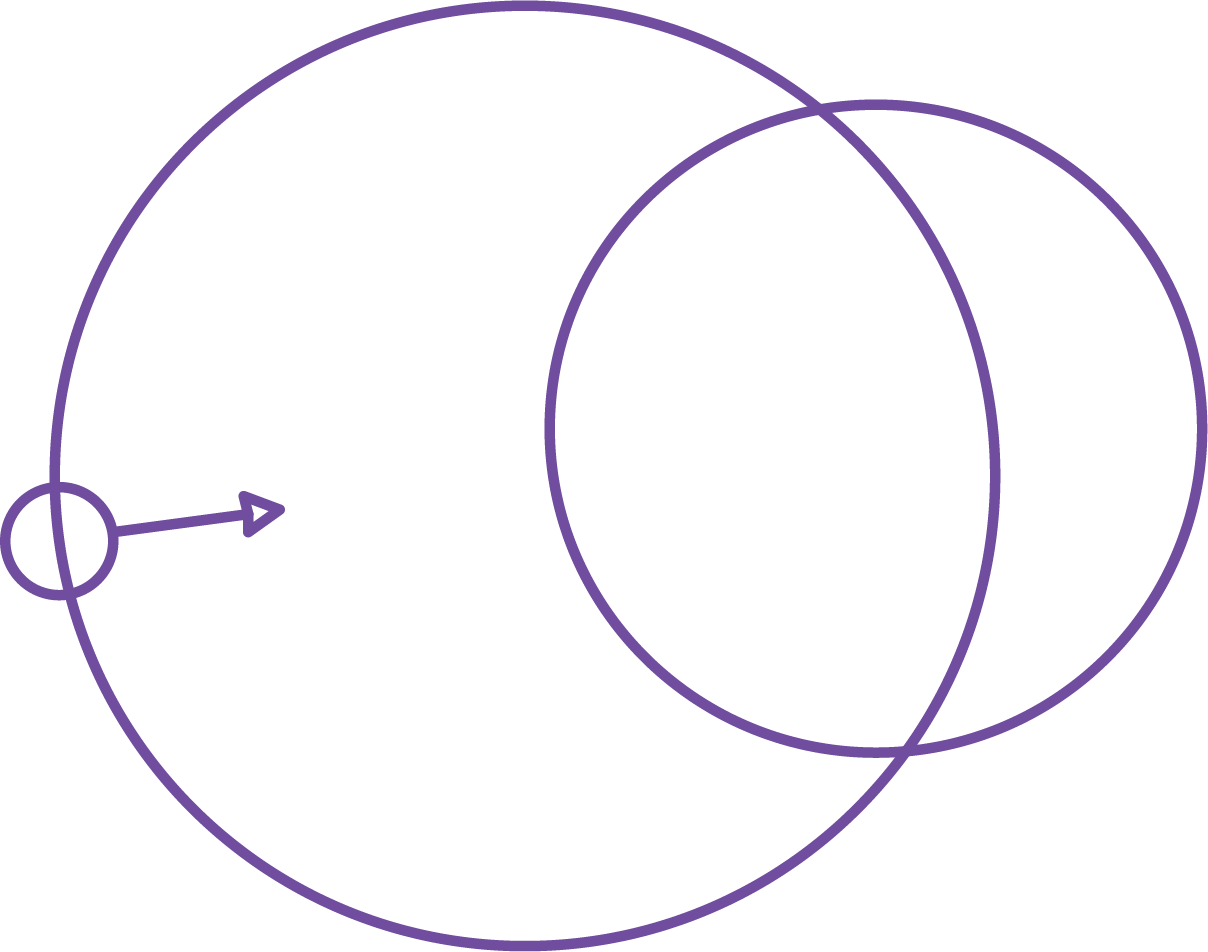Festival d’Avignon
France
Since 1947, the walled city Avignon in the south of France welcomes a Festival, founded by Jean Vilar. Every summer Avignon becomes an open-air forum where artists from all over the world come to share their experiences with festivalgoers. Since September 2022, the festival is directed by the Portuguese playwright and director Tiago Rodrigues, a recognised artist for its theatre that wishes to create bridges between peoples and cultures. Rodrigues proposes an interpretation of the popular theatre utopia that the Festival embodies.
Every summer, Festival d’Avignon welcomes over 130 000 spectators for more than 300 events that take place in about 20 venues in the city and its region, from gymnasiums to cloisters, chapels to gardens, quarries to churches and since 2023, a natural space, in the outskirts of the city.
In the past years, Festival d’Avignon has been implementing sustainability measures to reduce its ecological impact. Challenging the Festival to develop and promote collaborative
In the past years, Festival d’Avignon has been implementing sustainability measures to reduce its ecological impact. Challenging the Festival to develop and promote collaborative
projects in the frame of natural spaces, Performing Landscapes is a project that will help develop more tools to transform a Festival charged with history at a time when it is urgent to make a change. Performing Landscapes and its projects will help to develop other ways of welcoming artists and audiences while promoting artistic research and innovation. It will also be a motor to rethink the setting up of other venues in the entre of the city.
A territory for Shared landscapes | July 2023 : Pelatier plateau, Pujaut
Shared Landscapes @ Festival d’Avignon
The village of Pujaut sits halfway between the plains and the hills, in a landscape of quarries and vineyards. Millions of years ago, the Rhône flowed through Pujaut before being diverted to the east by a tectonic uplift. Over time, geology and climate change transformed this territor into «puddles» left after glaciations and then into a pond, feeding the inhabitants of the region for centuries before being drained 400 years ago
by Carthusian monks to be cultivated. Archaeological discoveries and a agricultural vocation perpetuated by the inhabitants of the region testify to the history of this territory.
by Carthusian monks to be cultivated. Archaeological discoveries and a agricultural vocation perpetuated by the inhabitants of the region testify to the history of this territory.
Facing this flat immensity is a village located on a promontory, with its back to the Rhone valley and its impetuous mistral, and whose streets and alleys turn into paths and promenades. The Pelatier plateau overlooks the
village and offers a view of the surrounding area. A long-time agricultural site, as evidenced by the mill, it was also used as a military battery to protect an airfield during World War II—which has now become a larg leisure parachuting centre. This clay, limestone and pebble plateau, where pine trees, green oaks, and broom trees line gentle slopes while vineyard spread out in the sun, is now a popular walking spot for locals.
village and offers a view of the surrounding area. A long-time agricultural site, as evidenced by the mill, it was also used as a military battery to protect an airfield during World War II—which has now become a larg leisure parachuting centre. This clay, limestone and pebble plateau, where pine trees, green oaks, and broom trees line gentle slopes while vineyard spread out in the sun, is now a popular walking spot for locals.
The map by the ALIN collective which accompanies the Shared
Landscapes recreations highlights the intriguing void left by the Rhône, hiding the plains and emphasizing the hillsides and plateaux that borde it. It reminds us that the role of cartography is not only to picture presen elements but also to reveal traces of the absences and geological evolutions that have shaped territories over time.
Landscapes recreations highlights the intriguing void left by the Rhône, hiding the plains and emphasizing the hillsides and plateaux that borde it. It reminds us that the role of cartography is not only to picture presen elements but also to reveal traces of the absences and geological evolutions that have shaped territories over time.

Café des idées @Cloître Saint-Louis
La matinale
8 July at 10:30With Pauline Bayle, Caroline Barneaud & Stefan Kaegi, Carolina Bianchi, Anne Teresa De Keersmaeker
Animated by Olivia Gesbert
Shared landscapes: creating within
the living
10 July at 5pm (in French)The concept of “shared landscapes” invites us to think about and question our relationship to real landscapes and to the living. What does it mean to inhabit the earth, not just as a purely human stage, but as a shared landscape? What role does the landscape play in theatre?
With Frédérique Aït Touati researcher and director, Caroline Barneaud and
Stefan Kaegi curators of Paysages partagés, Clara Hédouin director of
Que ma joie demeure, Marina Ezdiari CSR manager at Audiens
Moderated by Christophe Triau of the magazine Alternatives théâtrales
With Alternatives théâtrales and Audiens, with the support of European Union
Taking care of things and landscapes. Preservation, exhibition, performance. Preserved landscapes?
19 July at 11am (in French)Things and landscapes are two fragile elements, often forgotten and under attack. Artists and researchers discuss how they take into account landscapes and objects in their work, and how doing so has become an urgent need. The discussion will focus on the convergence of struggles, preservation, and exhibitions.
With Caroline Barneaud and Stefan Kaegi curator and curator of Shared Landscapes, Vera Martynov scenographer and artist (ESAA)
Animated by Antoine de Baecque director of SACRe, Barbara Turquier director of SACRe, Morgan Labar director of ESAA / With SACRe - ESAA


